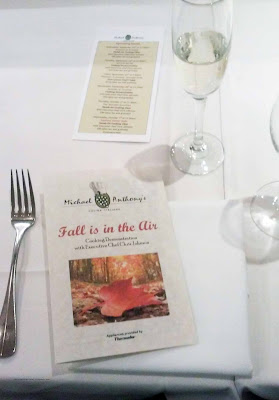This week the Diva's Challenge is to use Munchin. an official Zentangle® tangle. The stepout can be found here, and on the Diva's blog there is a Sakura video showing Molly Hollibaugh drawing the basic version on a black tile.
The last variation I tried stayed with the basic construction, but instead of having evenly spaced lines originating at the apex of the triangles, I varied the width between the lines, trying to make each resulting section smaller than the one before it.
 |
I found this more interesting than regular divisions |
I settled on the last option. I tried to follow a basic rule: That each line would divide the remaining available space in half.
 |
Munchin divided with 4 lines into 5 sections, with Flux in the largest section |
The rule worked, but I found the large sections too roomy. I tried adding a tangle inside the largest section of the triangle. That section was created with the first line (line 1 above) that bisected the baseline of the triangle.
I was ready to do a tile.
That was OK, but I felt like I could do more. I thought I could divide the tile diagonally into a section filled with a smaller Munchins (still graduated sections) and a single large Munchin triangle (lower left) with each section filled with another tangle. I even sneaked in a few awkward Paradoxes. Can you spot them?
 |
Munchin with Mooka, Flux, Snail Tangleation, Shattuck, and Tipple. |
Still not happy, not sure why....So I returned to the sketchbook and looked at the versions of Munchin that I drew with curved lines.
 |
Munchin with simple C-curve lines (H.W. refers to Helen Williams, "A Little Lime") |
 |
Munchin with S-Curve lines (mostly) |
 |
Munchin Monotangle with S-Curves |
I don't know if I will ever really like Munchin. I wish I had more time to play with it. I reminds me a little of Aquafleur - beautiful as an object, but challenging to work into a design with other tangles.
Still, it was a good challenge and motivated me to study and to practice a single tangle and try some possibilities. As usual, critiques are welcome!












































